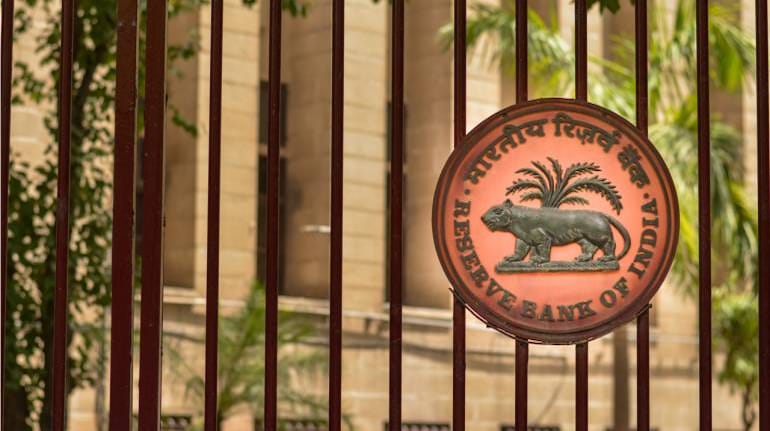



While the Reserve Bank of India’s lower interest rate regime is intended at supporting growth for industry facing a liquidity crisis, banks are still not fully transmitting the benefits of the rates to exporters and end-customers at large, exporters say.
On April 7, the RBI’s Monetary Policy Committee voted to maintain the repo rate at 4 percent and reverse repo rate at 3.35 percent. The RBI has now kept the key interest rate (repo) unchanged for the fifth consecutive meeting. The last time the repo rate was changed was in May 2020, when it was cut from 4.40 per cent to 4 per cent.
The Repo Rate is the rate at which commercial banks borrow short-term money from the RBI. The government has kept the repo rate low with the understanding that as a result of the lower cost of securing funds, banks will provide cheaper loans to citizens. Under the Reverse Repo Rate, banks deposit excess funds with the RBI and earn interest for it.
However, arguing that the cost of finance continues to remain much higher in India compared to other similar markets, exporters say full transmission of the lower rates is yet to be put in effect by the banks. “RBI must advise all the banks to pass on the full benefits of the low interest rate to borrowers, especially Small and Medium Enterprises,” said Engineering Export Promotion Council of India (EEPC India) Chairman Mahesh Desai.
The EEPC Chairman said that some macro indicators such as GST collection and merchandise export figures in the last few months have shown economic growth gathering pace from historic lows last year. “But given the surge in coronavirus cases and restrictions imposed by various States to contain the pandemic, there are downside risks,” he added.
Moreover, there have been periodic lockdowns in other countries that could hinder the ongoing recovery in international trade, Desai said. Pushed by a low base effect, engineering exports rose by more than 70 percent in March but the outlook looks shaky. Engineering items account for about 25 percent of India’s total global exports in the goods sector and are one of the biggest foreign exchange earners. The sector employs nearly 4 million skilled and semi-skilled workers.
“We have continued to raise the issue of non-transmission of low repo rate benefits. But little has changed on the ground. The problem of exporters being denied loans remains, Anil Bhardwaj, Secretary General of the Federation of Indian Micro and Small & Medium Enterprises, said. While loans are needed as support for small businesses during times of crisis such as the pandemic, that is also the time when banks develop cold feet in expanding disbursals, Bhardwaj said.
Saddled with weak domestic demand and intense competition from major international rivals, exporters have sought extension of pre and post-shipment credit tenures, interest-free loans to cover forward losses, and enhancement of export benefits.
“With China recovering from the pandemic’s impact, it would flood global markets with essential supplies. India needs to have a specific strategy that should ride on empowering exporters to deal with this challenge,” a senior functionary of the Federation of Indian Export Organisations said.
The latest policy announcement comes amid elevated inflation and fears that industrial recovery will take longer than usual. On Wednesday, the MPC maintained its Gross Domestic Product (GDP) growth forecast for FY22 at 10.5 percent. But in February, the combined output of the eight core sector industries fell at the fastest pace in six months, contracting 4.6 percent from a year ago. Industry has also repeatedly requested the government to keep rates unchanged.
“With the MPC forecasting that CPI inflation will average around 5 percent in FY2022, rate cuts seem to be ruled out, unless economic activity is severely disrupted by the ongoing wave of Covid-19. At the same time, early rate hikes appear extremely unlikely, with inflation expected to remain below the 6 percent upper threshold of the MPC’s newly renewed medium-term target range,” Aditi Nayar, Principal Economist, ICRA, said.
ICRA has maintained there will be an extended pause in the repo rate through 2021, with a low likelihood of an upward revision in the reverse repo rate over the next two quarters.
Discover the latest Business News, Sensex, and Nifty updates. Obtain Personal Finance insights, tax queries, and expert opinions on Moneycontrol or download the Moneycontrol App to stay updated!
Find the best of Al News in one place, specially curated for you every weekend.
Stay on top of the latest tech trends and biggest startup news.